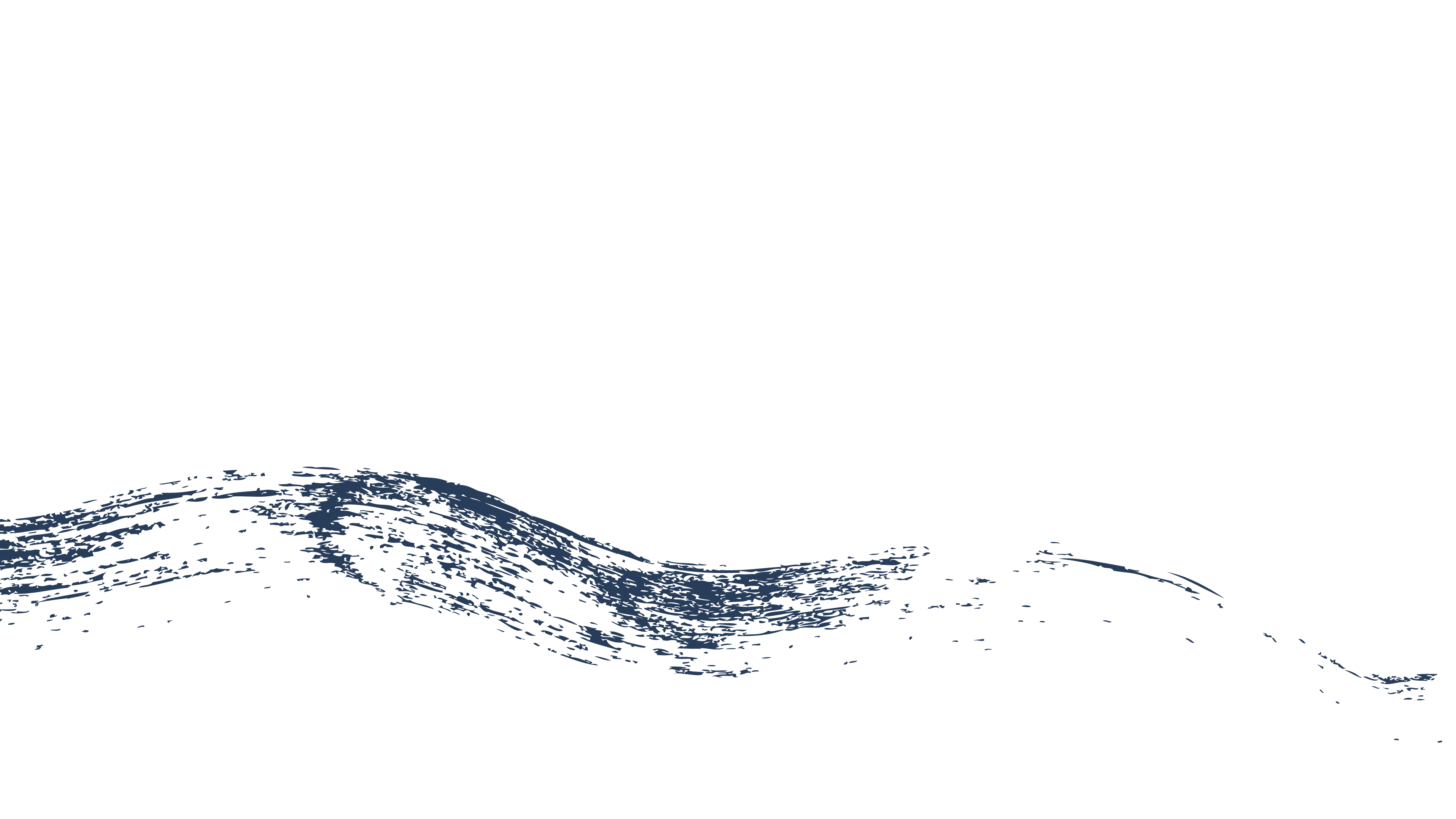“Working on new music together”
Lasse Lehtonen in interview with the koto artist Yoshizawa Nobutaka (Tokyo, May 2020)
Juha T. Koskinen has long collaborated with musicians from the sphere of traditional Japanese music. One of them is Yoshizawa Nobutaka (吉澤延隆), a versatile koto artist who aspires to cross the boundaries of different cultural traditions in his artistic work.
The koto is a thirteen-string zither and one of the most representative traditional instruments in Japan. Although originating in China, the koto spans a history of over a millennium in Japanese music. Throughout this period, the instrument has been utilized in various musical genres – including contemporary music.
Koskinen has written two works for Yoshizawa: Usugōri (薄氷; Thin Ice, 2018)for the seventeen-string koto and Ama no ukihashi (天浮橋; Heavenly Floating Bridge, 2020) for the ordinary, thirteen-string koto. Yoshizawa has made several observations about Koskinen’s compositional style based on the works.
“Both the works and their compositional language interweave (織り込む) a very wide range of materials together. Apart from classical music, these include literature, religion and perspectives on the natural world (自然観), among others.”
Koskinen implements these different aspects through performance instructions that constantly play with stark contrasts.
“Juha-san’s scores contain very delicate (繊細) and detailed nuances. One could give several examples, ranging from the way how very soft and low pianos and pianissimos are followed by fierce accents that momentarily stop the flow of time, to dynamic rhythms that incorporate a syncopation-like tension. Some phrases remain static but require maintaining a long breath and then there are performance directions that signal the implementation of different tone colors rich in timbral changes.”
Yoshizawa observes that especially the last type associates with the use of playing techniques of the traditional koto repertoire – a device that Koskinen constantly implements.
“In my opinion, Juha-san’s way of utilizing traditional techniques makes the music increasingly rich in changes. For example, a distinguished technique in Juha-san's work is surizume (すり爪) in which the player rubs a string of the instrument from left to right with a side of the plectrum attached to their finger, creating a scraping sound. Ama no ukihashi opens with surizume – an effect that feels like a zipper opening a peek to a parallel world.”
Other techniques applied by Koskinen include the pulling (hiki-iro ひき色) and pushing (oshite 押し手) of strings to create timbral changes and glissandi in reverberation, the intensifying of rhythmic progression by “scooping” the strings with both the front and the backside of the plectrum (sukui-zume すくい爪), and striking the strings with the surface of the plectrum (uchi-zume うち爪), which changes the timbre created by the instrument.
Yoshizawa admits that combining these traditional performance techniques with a musical language full of rhythmic complexity poses certain challenges for a performing artist.
“The part in Usugōri beginning from measure 21 is a good example. This rhythmical section progresses with strong and weak beats alternating in a syncopation-like manner. Between these, the work also incorporates extended playing techniques, such as the player hitting the backside of the instrument, which creates a strong accent. In elements like this, two dimensions seem to intersect (交わる).”
He gives another example from Ama no ukihashi.
“In the section from measure 8 to 15, one should not lose one's sense of the three-beat pulse. However, when paying attention to the connections between individual sounds, reverberation and the traditional performance techniques at the same time, I tend to lose the inherent beats and end up transforming the meter into my personal sense of beats.”
Yoshizawa elaborates that this may ultimately stem from the convergence of different cultures. This pertains, for example, to how we perceive the surrounding world through language.
“Sections like these remind me of the differences between the languages we use in our everyday lives. I am used to speaking Japanese, which is not based on the strength or length of accents but on rises and falls in the intonation. Because of this, I believe, I experience certain difficulties in realizing the rhythmic progression in these works.”
While challenging for a performing artist, these aspects also offer a wide range of different expressions to work with.
“There are times when I feel that the music written in the score is difficult to express as a koto musician – but I also find interpreting it rewarding.”
Yet, despite cultural differences, Yoshizawa finds that Koskinen’s works also incorporate several Japanese (日本的) attributes. Among others, these include conceptions of Japanese aesthetics stemming from Buddhist philosophy: conceptions of temporal relativity, and the beauty in the impermanence of things. Music acts as a powerful channel for the nonverbal communication of such concepts, of which Yoshizawa finds several examples in Koskinen’s work.
“The parts in which sounds stop and make us listen to silence possibly stem from Japanese arts such as Noh in which time is said to flow in a ‘condensed’ (凝縮) manner. You may also feel a Japanese aesthetic sensibility in sections where sound is suppressed by a piano or pianissimo, making the sound transient (儚い): ephemeral and frail.”
The presence of such elements opens up wider worlds to explore – between cultures as well as human beings.
“Juha-san and I were born and raised in different cultures and bring together their distinctive characteristics. In my opinion, the type of hybrid music that we engage in is born precisely because of the globalized present. I feel great delight and gratitude that we are able to nurture our connection and work on new music together.”
